Longer sales cycles.
Qualified Opportunity Bonus
This plan allows your SDR to earn commissions fast, which makes it a great plan for when you have longer sales cycles. Just remember to have clear definitions, or a scoring system, to set what an opportunity is.
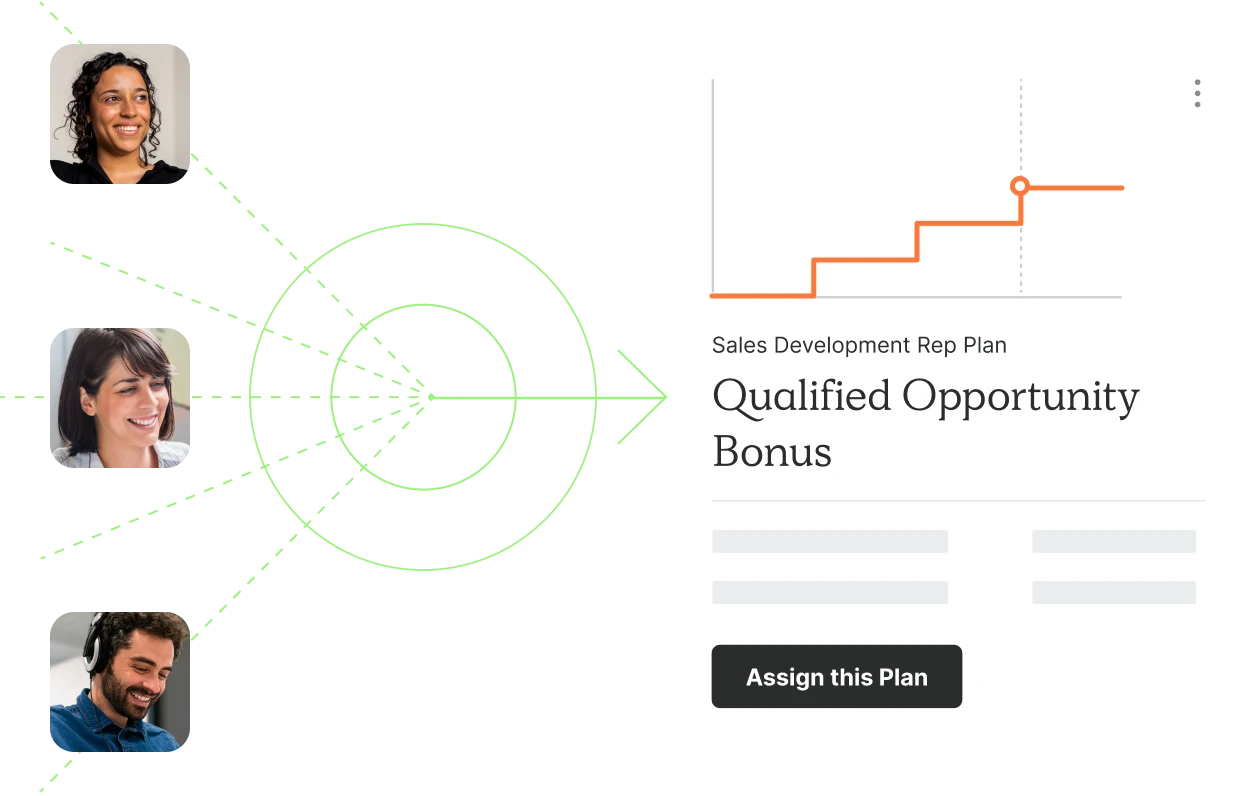
When to use this plan?
Why use a Qualified Oppotunity Bonus plan?
Rewards SDRs faster since it’s based on opportunity creation versus when the deal closes.
Customize the Qualified Opportunity Bonus Commission Plan
Like this plan? Sign up for QuotaPath for free to add your business inputs and adjust the variables.
Forecast earnings & plan performance
See potential earnings based on your inputs and goal attainment progress.
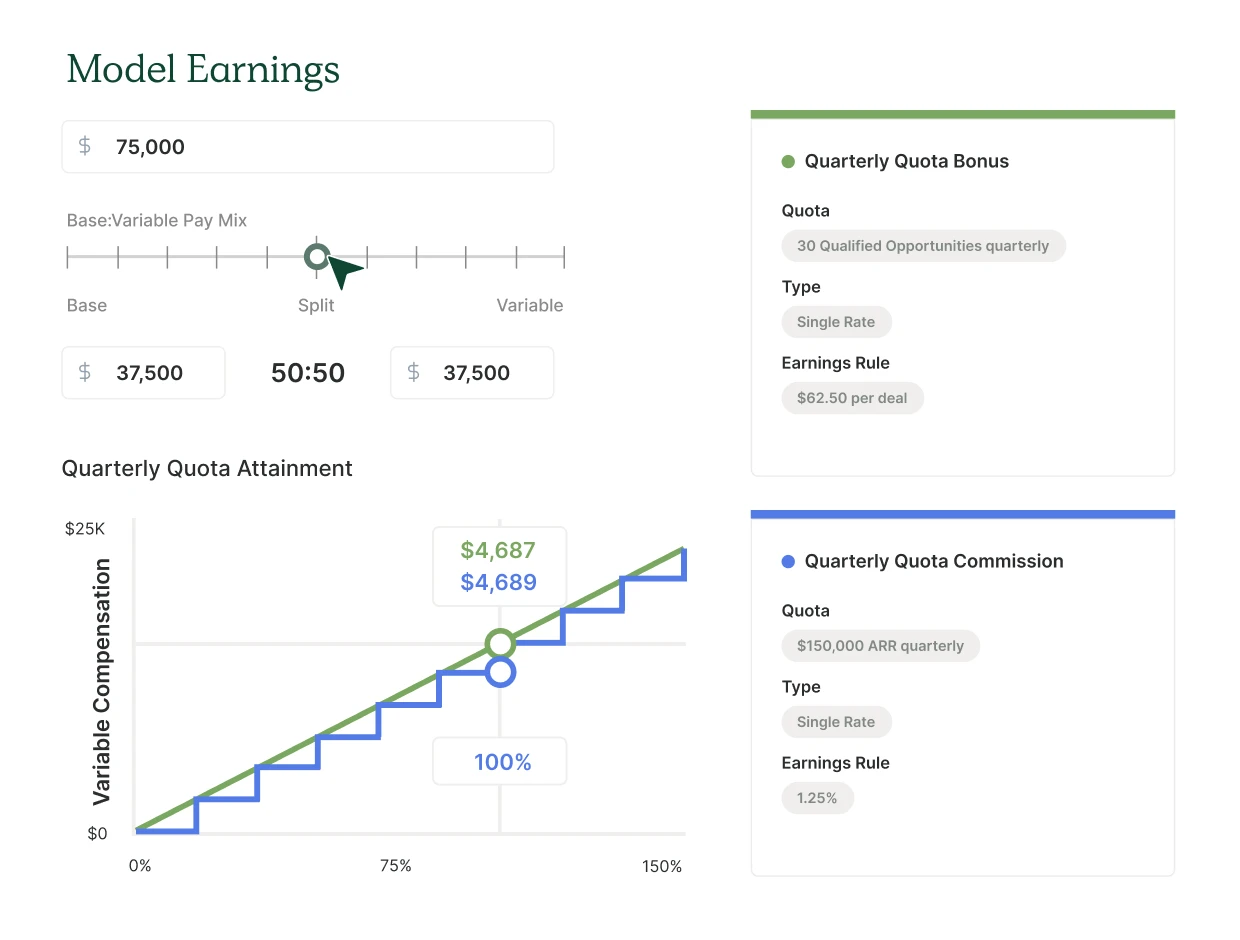
Calculate your Quota:OTE ratio & Sales Funnel
Quickly assess how realistic, attainable, and healthy your OTE to quota ratio is. And, calculate the number of activities needed.
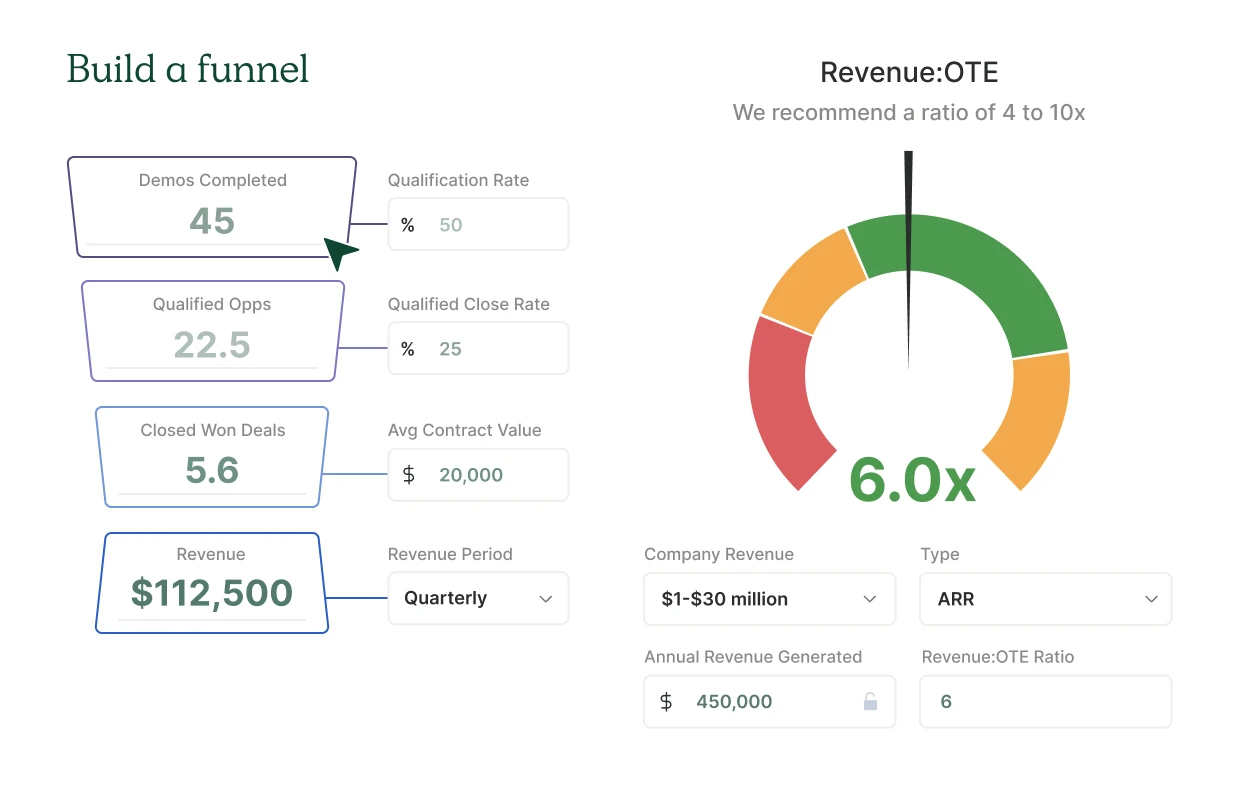
Streamline plan management
Assign the plan to your team and automate sales commission calculations. Be confident your team is being paid fairly and accurately.
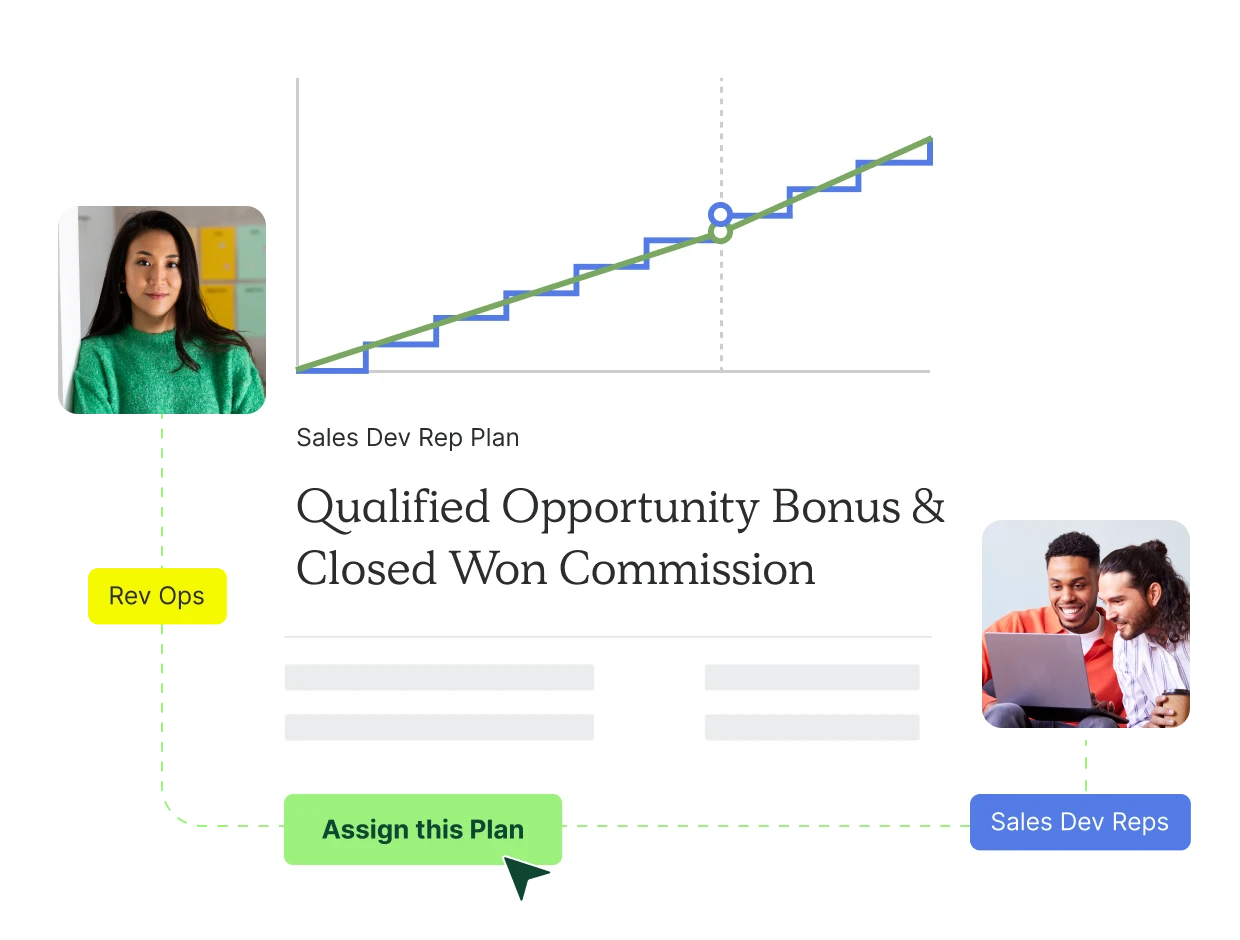
How to adjust this compensation plan template
To customize this plan, you will adjust these 10 variables.
On-Target Earnings (OTE)
OTE combines base salary with variable pay and represents the total amount of money your reps can expect to earn if they hit 100% of their goals.
Pay Mix
Refers to the percentage of a salesperson’s total compensation, made up of base salary, commission, and other incentives. The most common pay mix in SaaS for SDRs is 68% base and 32% variable pay.
Company Revenue
Revenue is the total amount of income that a company generates from its primary operations. In SaaS, annual recurring revenue is one of the most important metrics.
Annual Revenue Generated
This is the annual goal for how much revenue the company generates based on the leads created from the SDR.
Revenue:OTE Ratio
This ratio calculates the multiplier increase between an SDR’s OTE and the amount of revenue the company generates based on the leads the SDR creates. The most common multiplier in SaaS is revenue 8x that of the OTE, but this will vary based on size and stage of the company.
Demos Completed
Demos Completed plans reward reps for scheduling demos that actually occur.
Qualified Opps
A “qualified opportunity” classifies as any lead the SDR creates that meets specific criteria or parameters so that reps pass along quality leads to their AE counterparts.
Closed/Won Deals
These represent any deal that an AE goes on to close that originated from an SDR-sourced lead.
Average Contract Value
Often abbreviated to ACV, this number represents the average deal size that your company sells.
Revenue Period
Your revenue period sets the frequency at which your SDR team’s revenue goal resets. In SaaS, the most common revenue period is quarterly. However, this number will vary based on your sales cycle.
Frequently asked questions
What is a good base bonus rate for this plan?
That really depends on your business needs! Some plans offer a $20 bonus per opportunity, others offer a $500 bonus per opportunity. What it comes down to is the value of each of these opportunities. A quick way to figure this out is to take your ASP (average sales price) and multiply that by your qualified:close rate. So, if your ASP is $25k and your qualified to close rate is 40%, each qualified opportunity is worth $10k for your business on average. So paying $20 for each of those opps seems a little unfair – you want to motivate your BDRs to create as many opps as possible!
What’s the difference between sales commissions and bonuses?
Sales commissions differ from bonuses in that bonuses reward a set amount of money that doesn’t change. Meanwhile, commissions consist of a percentage of the total revenue from a deal that changes usually based on the annual recurring revenue (ARR) or total contract value. For example, If a rep gets 12% of every deal closed, that’s commission. If a rep earns $250 for every demo they set, that’s a bonus — a single rate bonus!
What other SDR comp plans should I consider?
Other SDR comp plans include the Closed Won Commission structure, which pays the SDR a percentage of the sale after the account executive wins the business from the SDR’s lead. Or, you can combine the Qualified Opportunity Bonus and Closed Won Commission to reward the rep a set dollar amount on every new opened opportunity and even more money when the deal closes.
What about activity-based SDR comp plans?
Some companies will pay SDRs a bonus for hitting a specified amount of activities over the course of a week, month, or quarter. These might include number of outbound calls, meetings set, emails, LinkedIn messages or other outbound efforts. It’s not a bad idea, we just think for quality control, rewarding SDRs based on qualified opportunities and/or deals won is better in the long run for your business and also the rep.
What’s the easiest way to track and calculate SDR comp plans?
QuotaPath! We’re biased, but in all seriousness, our sales compensation and commission tracking system makes it so neither you or your reps have to manually track or triple check the work of your existing solution or manual math. With real-time updates thanks to our native integrations, you can trust the data is there and accurate. Give your SDRs an Earnings dashboard to see how each qualified opportunity adds to their next paycheck.
Explore similar commission plans
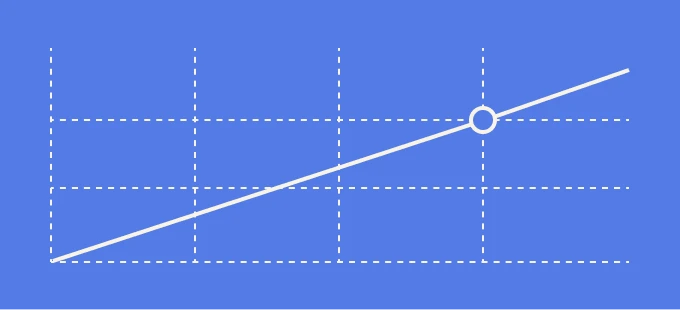
Closed Won Commission
Great for when your team has short, transactional sales.
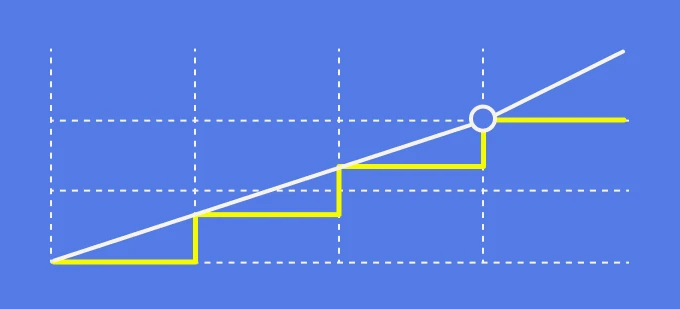
Qualified Opportunity Bonus & Close Won Commission
Our favorite SDR plan that spreads the payout across the sales funnel.
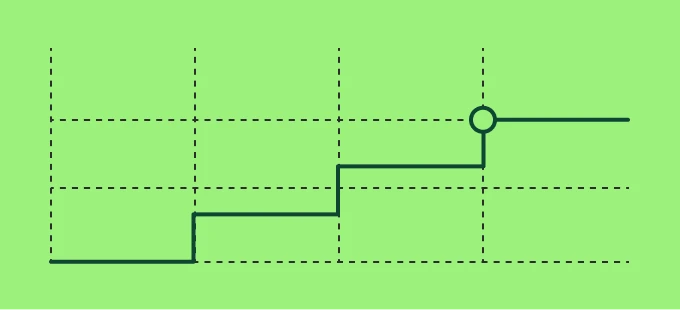
Single Rate Bonus (Quantity)
The perfect compensation structure when you have consistent deal values, like in solar or telecom.
What industry leaders say
Manage compensation & track commissions with QuotaPath
Deliver visibility, automation, and seamlessness across the entire compensation process.